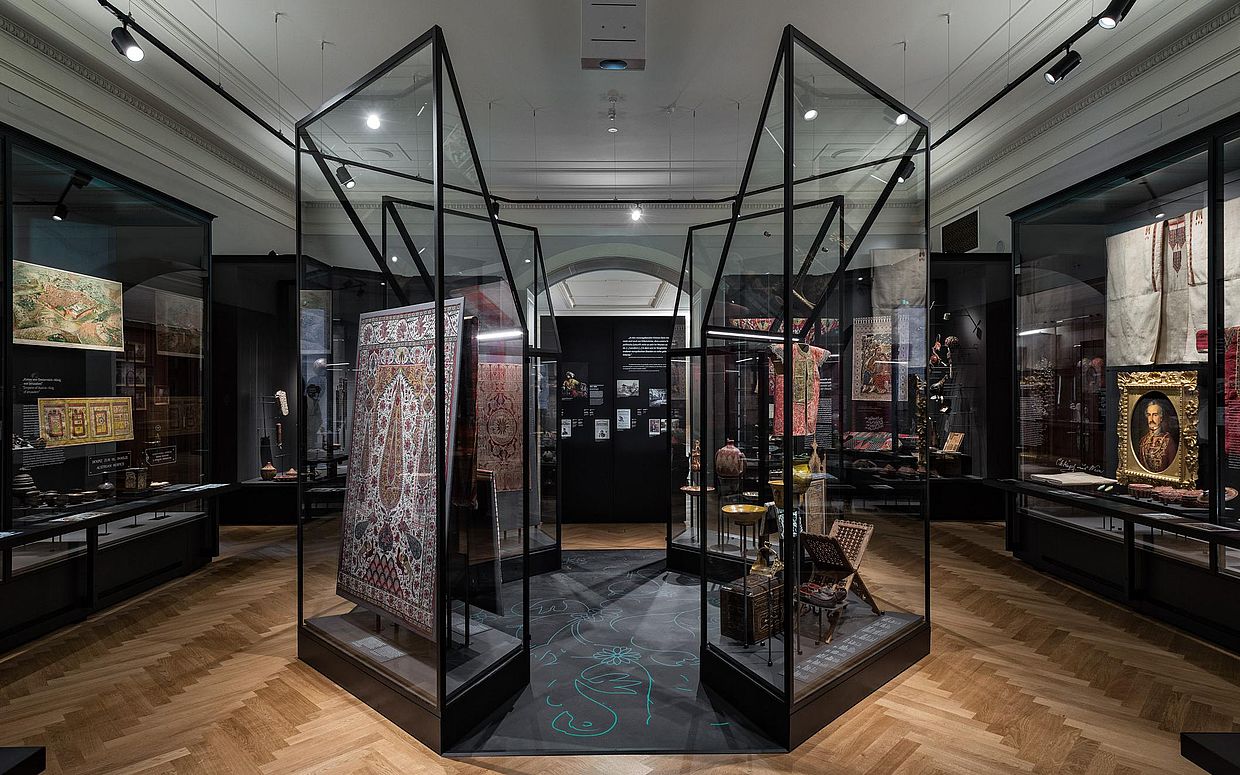Benin and Ethiopia: Art, Power, Resilience
The West African kingdom of Benin and the Ethiopian Empire in the east of the continent were already known to Europeans in the late 15th century. Both engaged in intense exchange first the Portuguese and later with other European envoys and merchants. Aside from these historical intersections, both states feature a series of other remarkable parallels that ultimately allowed parts of their cultural heritage to end up in Vienna.
Art treasures from the Benin Kingdom and imperial gifts of Ethiopian Emperor Menelik II to Emperor Franz Joseph I are among the most precious African holdings of the Weltmuseum Wien. Although the circumstances of how the two collections came to Vienna are fundamentally different, both are related to the colonial annexation of the African continent. While Oba Ovonramwen, King of Benin, opposed British interests and lost his kingdom as well as the royal treasures in the late 19th century, Emperor Menelik not only expanded his empire but also formed diplomatic alliances with European powers. As the collections in Vienna are a direct result of these historical events, they can tell us a lot about the history, wealth and splendour of these empires and yet serve as reminders of their fight for freedom. The exhibition accommodates both contexts while reflecting postcolonial changes in both cultural contexts and illustrating contemporary connections to Austria and the Weltmuseum Wien.














